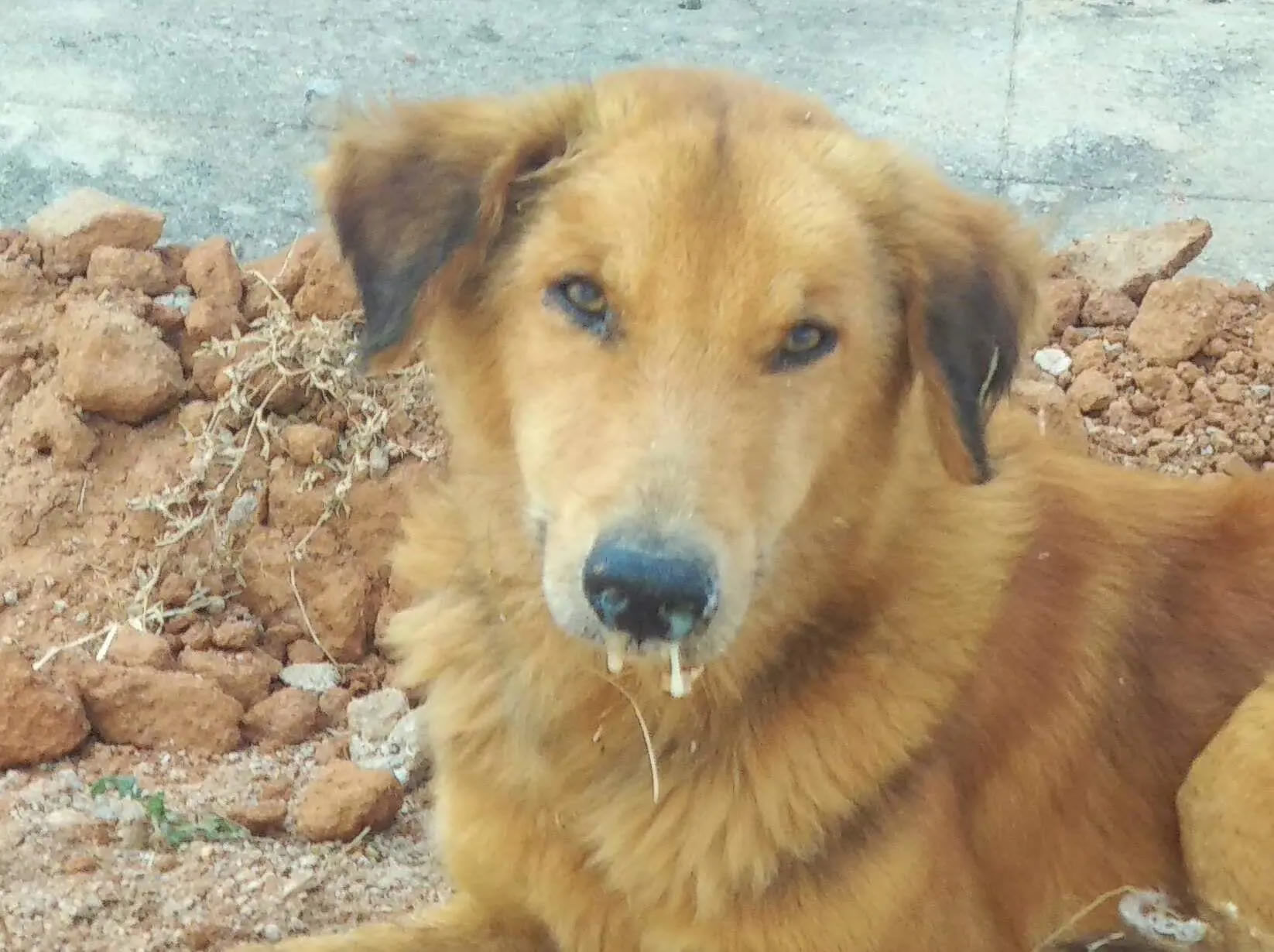Canine distemper, a highly contagious viral disease, poses a significant threat to dogs worldwide. This disease affects many domestic and wild canids, leading to severe health issues and, in many cases, death. Understanding the virus, its symptoms, treatment options, and preventive measures is crucial for dog owners, veterinarians, and animal welfare organizations to manage and control its spread effectively. Preventing canine distemper is paramount; vaccination is the primary method to safeguard dogs from this devastating disease. Puppies are typically started on a vaccination regimen at a young age, followed by booster shots to ensure continued immunity.
Regular vaccinations protect individual dogs and contribute to the overall reduction of the virus in the dog population, thereby reducing its potential spread. Maintaining a vigilant approach to hygiene and minimizing contact with potentially infected aomestic and wild animalsis essential. By understanding the risks associated with canine distemper and taking proactive measures, dog owners and the veterinary community can work together to mitigate the impact of this disease and ensure the well-being of our furry companions.
Canine Distemper in Dogs
Canine distemper is a highly contagious viral disease that affects dogs, posing a significant and often fatal threat to their health. This disease, caused by the canine distemper virus (CDV), belongs to the Paramyxoviridae family, and domestic and wild canines are susceptible to its effects. The virus is primarily transmitted through airborne respiratory droplets, direct contact with infected animals, and exposure to contaminated environments. Once a dog is infected, the virus targets various systems within the body, leading to a range of symptoms, including respiratory distress, gastrointestinal issues, neurological impairment, and even death. The severity of the disease varies depending on factors such as the dog’s age, immune status, and overall health.
-
The Virus: Canine Distemper in Dogs
Canine distemper virus (CDV) belongs to the Paramyxoviridae family and Morbillivirus genus. It is closely related to viruses causing measles in humans and similar diseases in other animals. The virus is highly contagious and primarily spreads through respiratory secretions, direct contact, and contaminated environments. Infected dogs shed the virus in their urine, feces, saliva, and nasal secretions, making it easy for them to spread among individuals.
-
Symptoms and Clinical Presentation
Canine distemper can manifest with a wide range of symptoms that can vary in severity depending on the dog’s age, immune status, and overall health. The virus initially targets the respiratory system and then spreads to other organs, including the gastrointestinal, nervous, and immune systems. Common symptoms include:
1. Respiratory Signs: Sneezing, coughing, nasal discharge, and fever are often the initial signs of infection. Dogs may exhibit labored breathing and wheezing due to the virus’s impact on the respiratory tract.
2. Gastrointestinal Signs: Vomiting, diarrhea, and decreased appetite are common due to the virus’s effect on the lining of the intestines.
3. Neurological Signs: As the virus attacks the nervous system, dogs may experience seizures, tremors, imbalance, and paralysis. These symptoms can vary widely and are often a significant factor in the severity of the disease.
4. Ocular Signs: Redness, discharge, and inflammation of the eyes are common. Distemper can also cause changes in the retina, leading to vision impairment or blindness.
5. Skin and Paw Pad Changes: Some dogs may develop hyperkeratosis, a condition in which the skin on the nose and paw pads becomes thickened and rough.
6. Behavioral Changes: Infected dogs may become lethargic and depressed and exhibit changes in behavior and temperament.
-
Diagnosis and Treatment
Diagnosing canine distemper requires a combination of clinical signs, history, and laboratory tests. Blood tests, viral isolation, and molecular techniques like PCR (polymerase chain reaction) are used to detect the virus and confirm the diagnosis. Veterinarians may also conduct radiographs and other imaging studies to assess the extent of organ damage. Unfortunately, there is no specific antiviral treatment for canine distemper. Supportive care is crucial to manage symptoms and enhance the dog’s immune response. This includes:
1. Fluid Therapy: Intravenous fluids help maintain hydration and support the dog’s overall health.
2. Nutritional Support: Dogs with distemper often experience a loss of appetite. Nutritional support is essential, such as feeding soft and easily digestible foods.
3. Medications: Antibiotics are administered to prevent secondary bacterial infections. Anti-seizure medications may be prescribed for dogs experiencing neurological symptoms.
4. Isolation: Infected dogs should be isolated to prevent the spread of the virus to other animals.
5. Environmental Hygiene: Thorough cleaning and disinfection of living spaces are crucial to eliminate the virus from the environment.
-
Prevention and Vaccination of Canine Distemper in Dogs
Vaccination is the most potent and reliable strategy for thwarting the onset of canine distemper. Puppies embark on their vaccination journey against distemper at approximately six to eight weeks of age, a critical phase where their immune systems begin to develop. Subsequent booster shots are administered every few weeks, culminating around 16 to 20 weeks of age. These booster doses reinforce the initial immunity acquired through primary vaccination. The significance of vaccination doesn’t wane as dogs transition into adulthood. Adult dogs, too, require periodic booster shots to uphold their immune defenses against the potential intrusion of the distemper virus.
The collective effort of diligently vaccinating dogs across their lifespan creates a resilient barrier against the virus’s insidious spread. In areas where canine distemper is endemic, the importance of maintaining high vaccination rates cannot be overstated. A well-vaccinated population nhields individual dogs from the disease’s clutches bandprecipitates a collective immunity, aptly termed herd immunity. This community-level safeguard curtails the virus’s ability to find susceptible hosts, thus significantly curtailing its overall prevalence and transmission. As responsible dog owners and dedicated veterinarians collaborate to perpetuate comprehensive vaccination practices, the battle against canine distemper gains momentum, safeguarding the health and vitality of our four-legged companions.
-
Wildlife and Canine Distemper
Canine distemper’s reach extends beyond domestic dogs; it casts a shadow over numerous wildlife species, encompassing foxes, raccoons, wolves, and large cats. The virus’s virulent nature can trigger catastrophic outbreaks within wildlife populations, potentially resulting in profound ecological consequences. These outbreaks, marked by illness and mortality among affected animals, can disrupt ecosystems and alter predator-prey dynamics, which can have cascading effects on local flora and fauna. Furthermore, the interconnectedness between domestic dogs and wildlife poses an additional challenge.
Domestic dogs can inadvertently contract the virus through interactions with infected wildlife, potentially spreading the disease back into their communities. This underscores the urgency of maintaining a safe distance between pet dogs and potentially infected animals, emphasizing the role of responsible pet ownership in curbing the transmission of canine distemper. By recognizing the impact of the disease across species boundaries and addressing its implications holistically, we can work toward safeguarding both domestic and wild canids from this pervasive threat.
Conclusion:
Canine distemper is a severe viral disease that poses a significant threat to dogs and wildlife. Understanding the virus, its symptoms, treatment options, and preventive measures are essential for dog owners, veterinarians, and animal welfare organizations. Vaccination remains the cornerstone of distemper prevention, highlighting the importance of regular and appropriate vaccination schedules. By staying vigilant and proactive, we can minimize the impact of this disease and ensure the well-being of our beloved canine companions.
Pet’s Mall and Pet Clinic
Pet’s Mall and Pet Clinic in Lahore is the best place for your pets. Dr. Sami is a fantastic vet there, and he has a super team and excellent equipment. If your pet needs help, this is the place to go. They have everything your pet might need and care about making it feel better. So, if your pet is sick or you need pet stuff, check out Pet’s Mall and Pet Clinic. Your pet will thank you!
CONTACT US:
34 Q Block, Johar Town, Shah Alam Road, Near Ayub Chowk, Lahore
0313-4343476
petsmallpk@gmail.com
Popular Post
How to choose a training
Top tips for caring for
Tips for keeping your cat
Archives
Tags
Email for newsletter
At Pets Mall, we offer premium quality dog and cat food, pet supplies, and vaccination. Get everything you need for your pet!
If you pets need immediate veterinary’s treatment, give us a call and we will send a specialist vet to your home.
- 34 Q Block, Johar Town, Shah Alam Road, Near Ayub Chowk , Lahore
- petsmallpk@gmail.com
- 0301-7475573 , 0313-4343476
COPYRIGHT © PetsMall.pk ALL RIGHTS RESERVED. | DEVELOPED BY DIGIKNOWN












